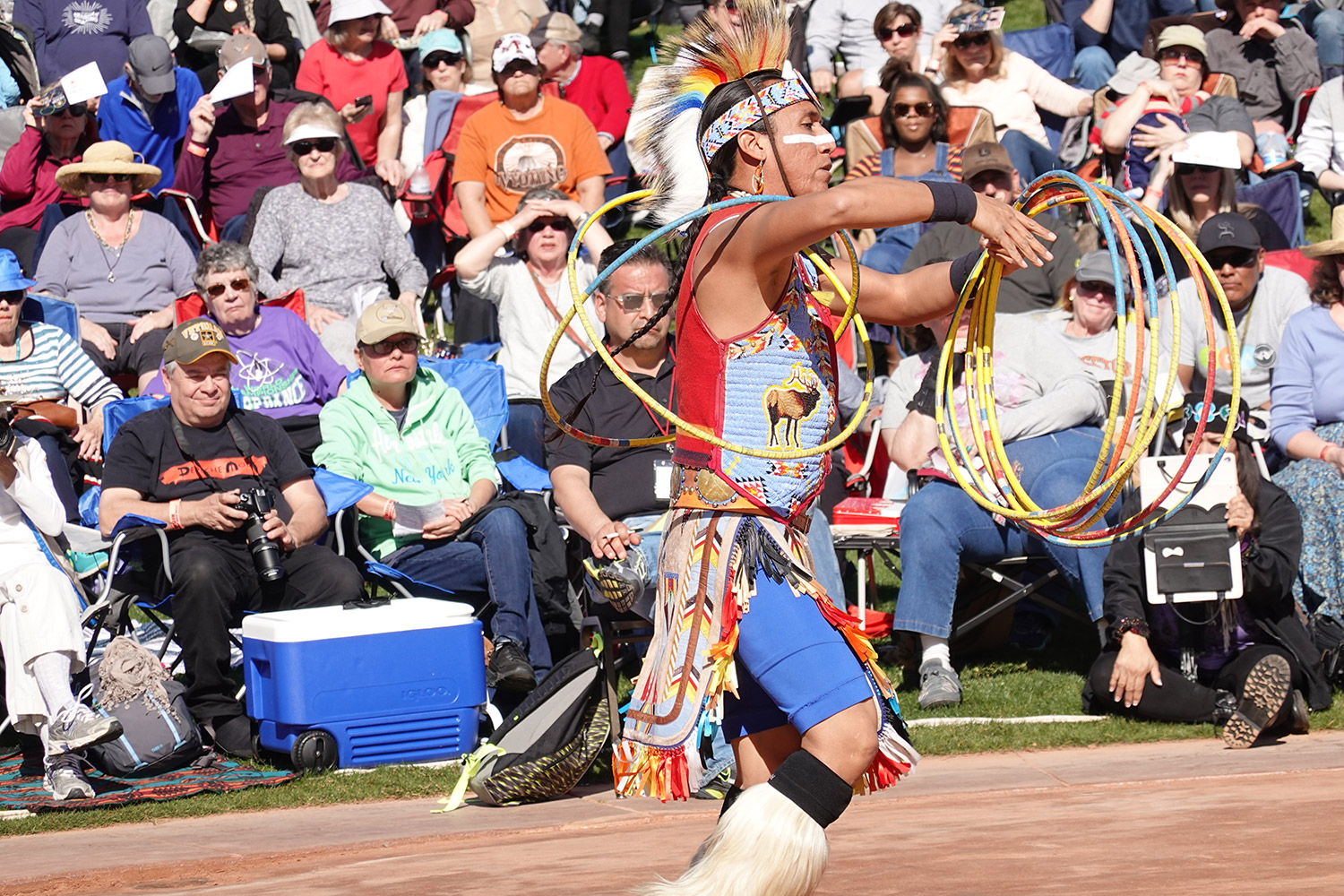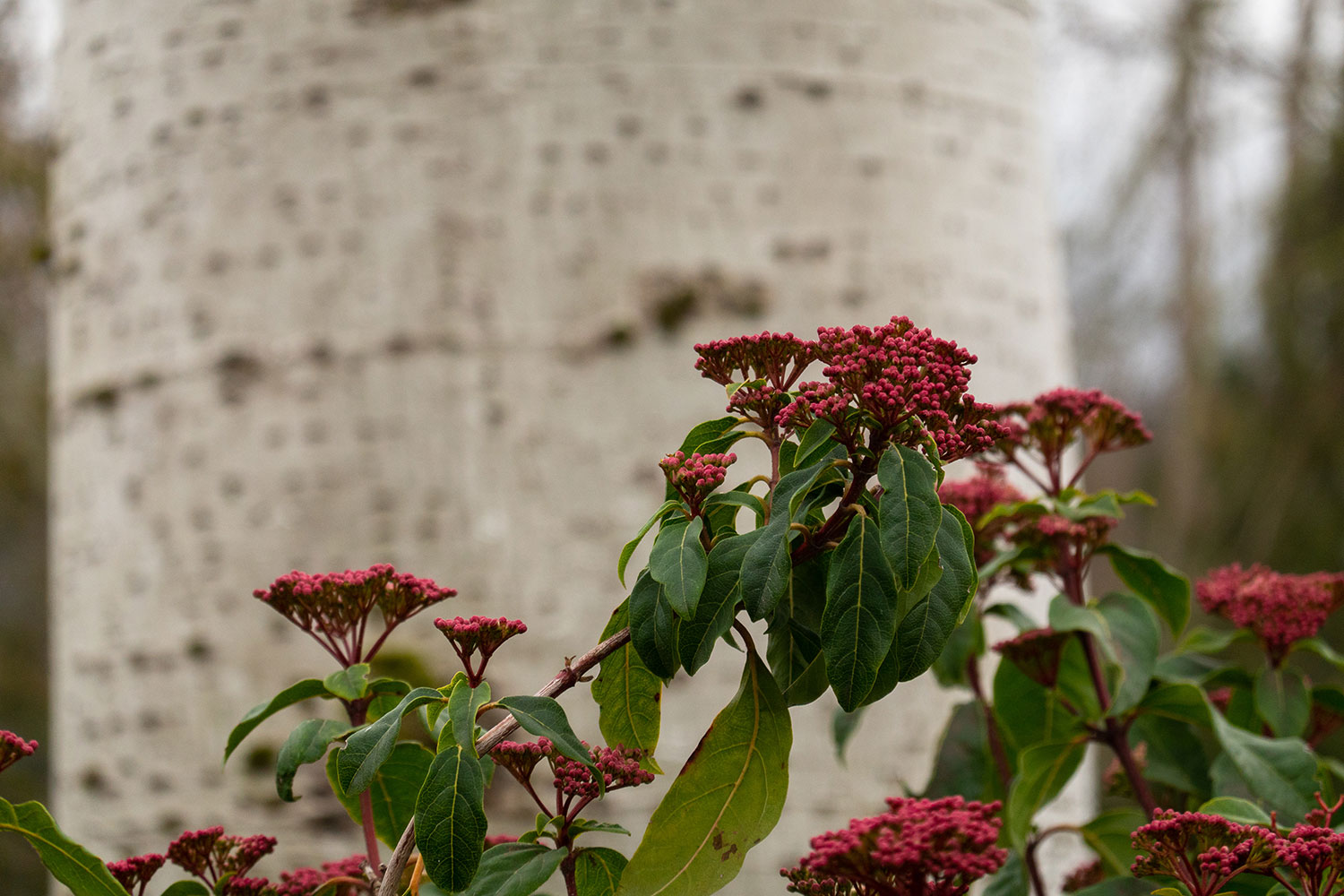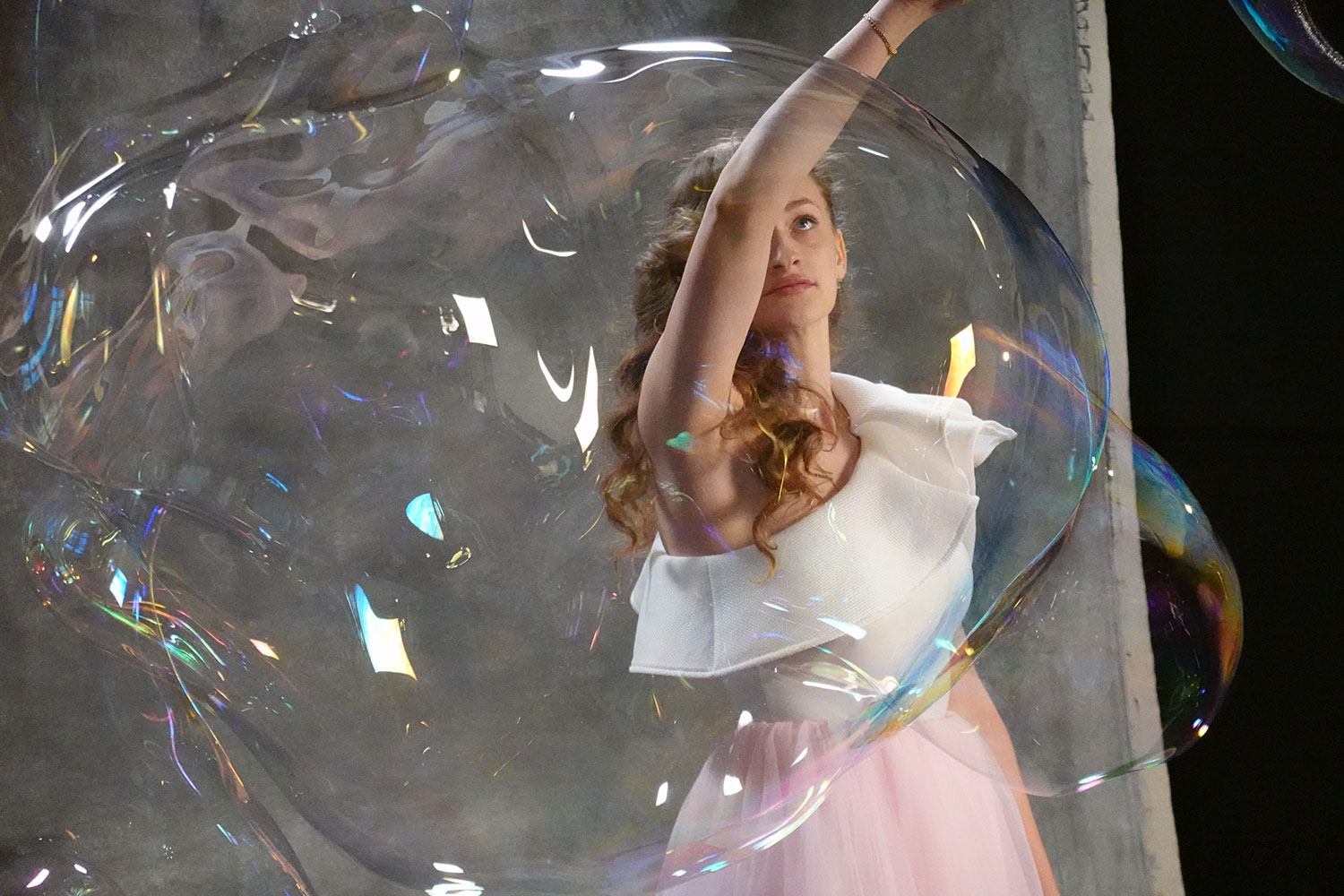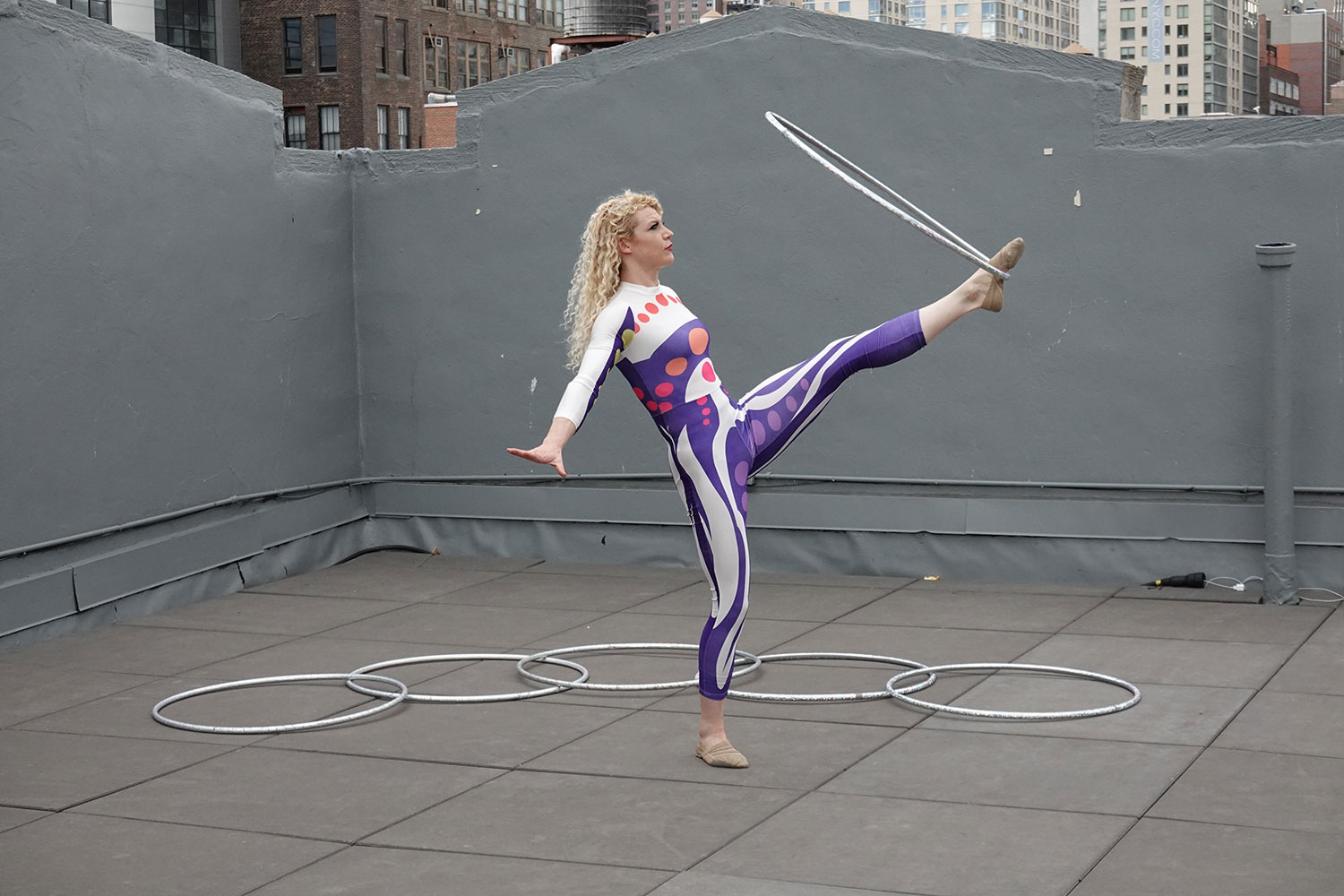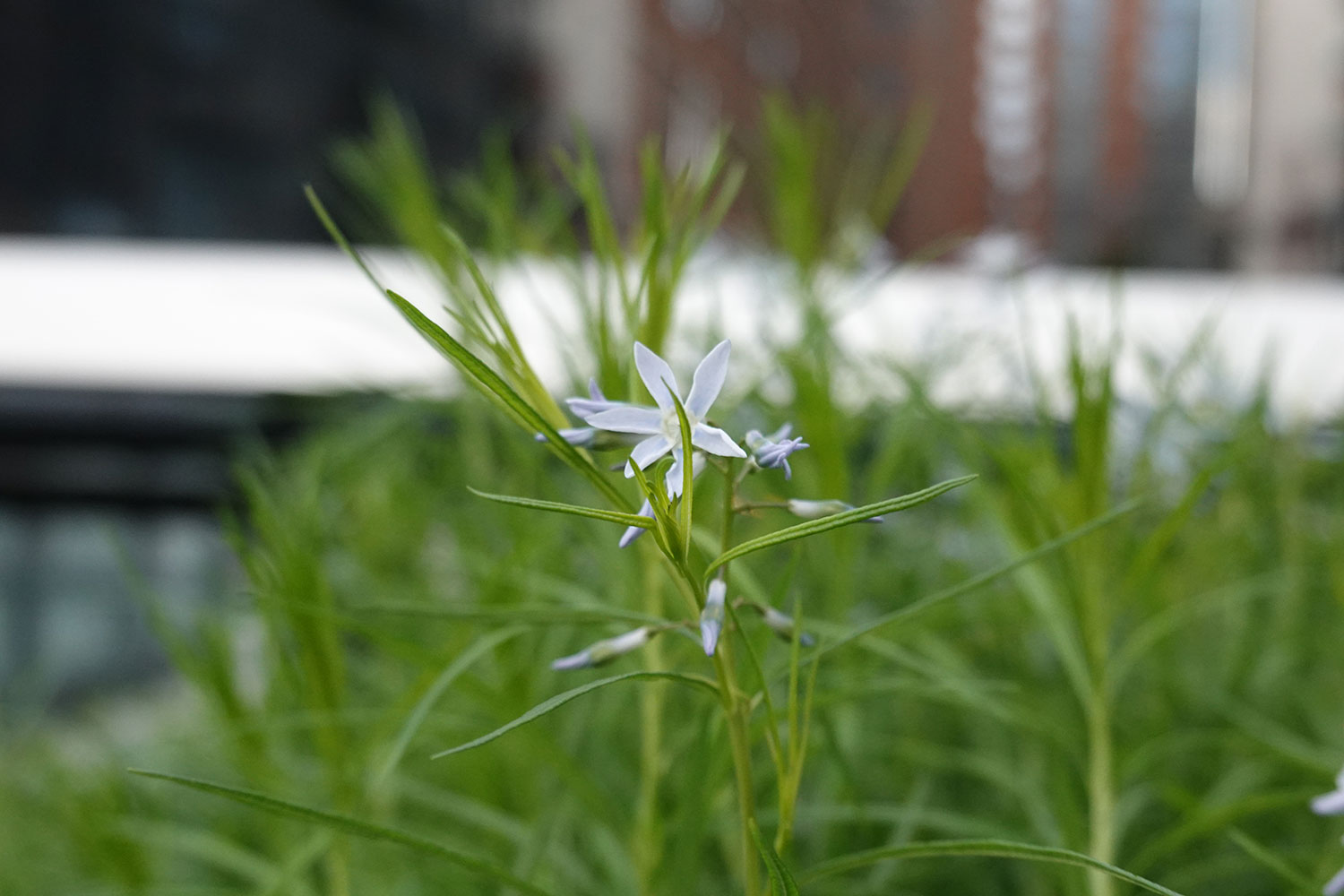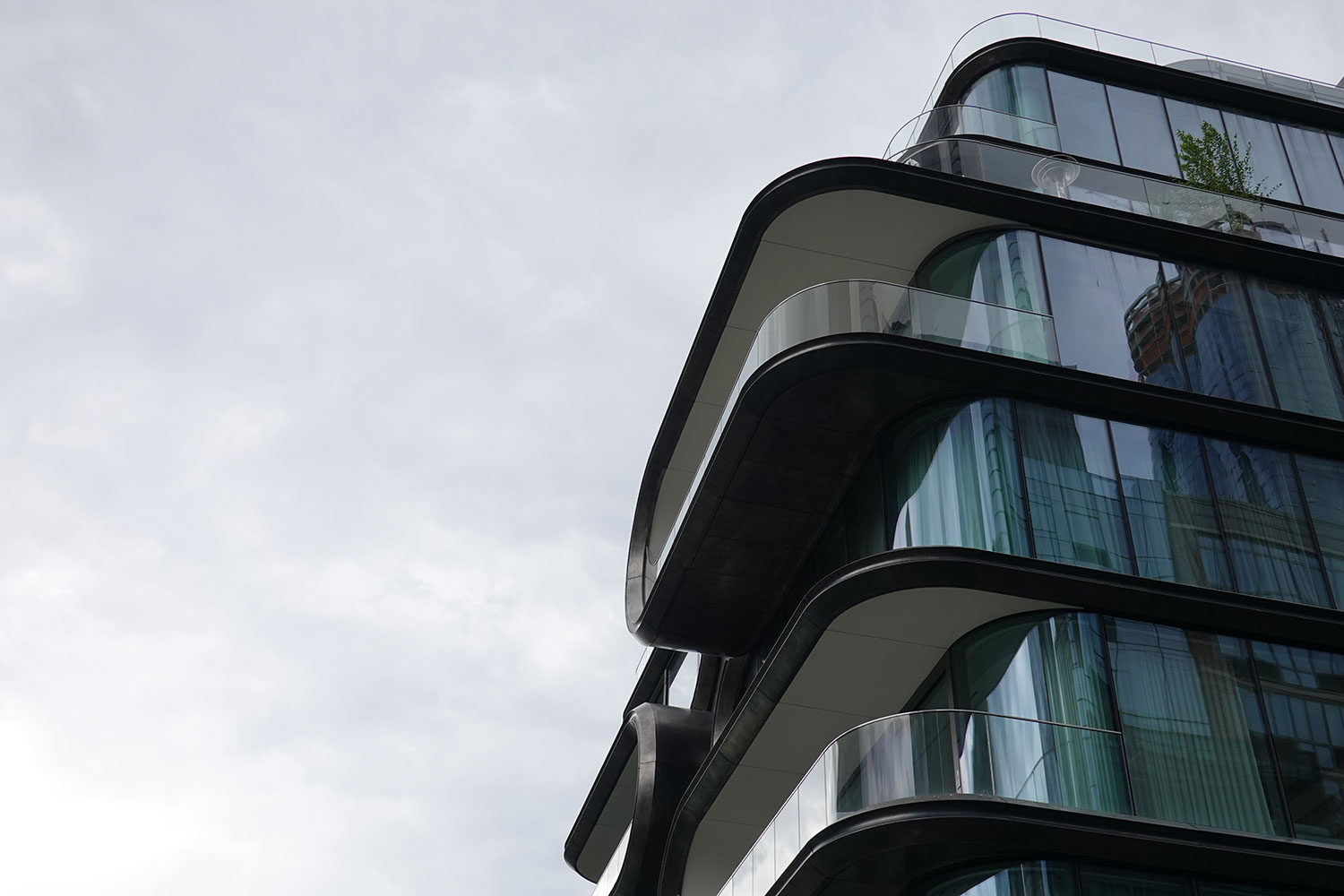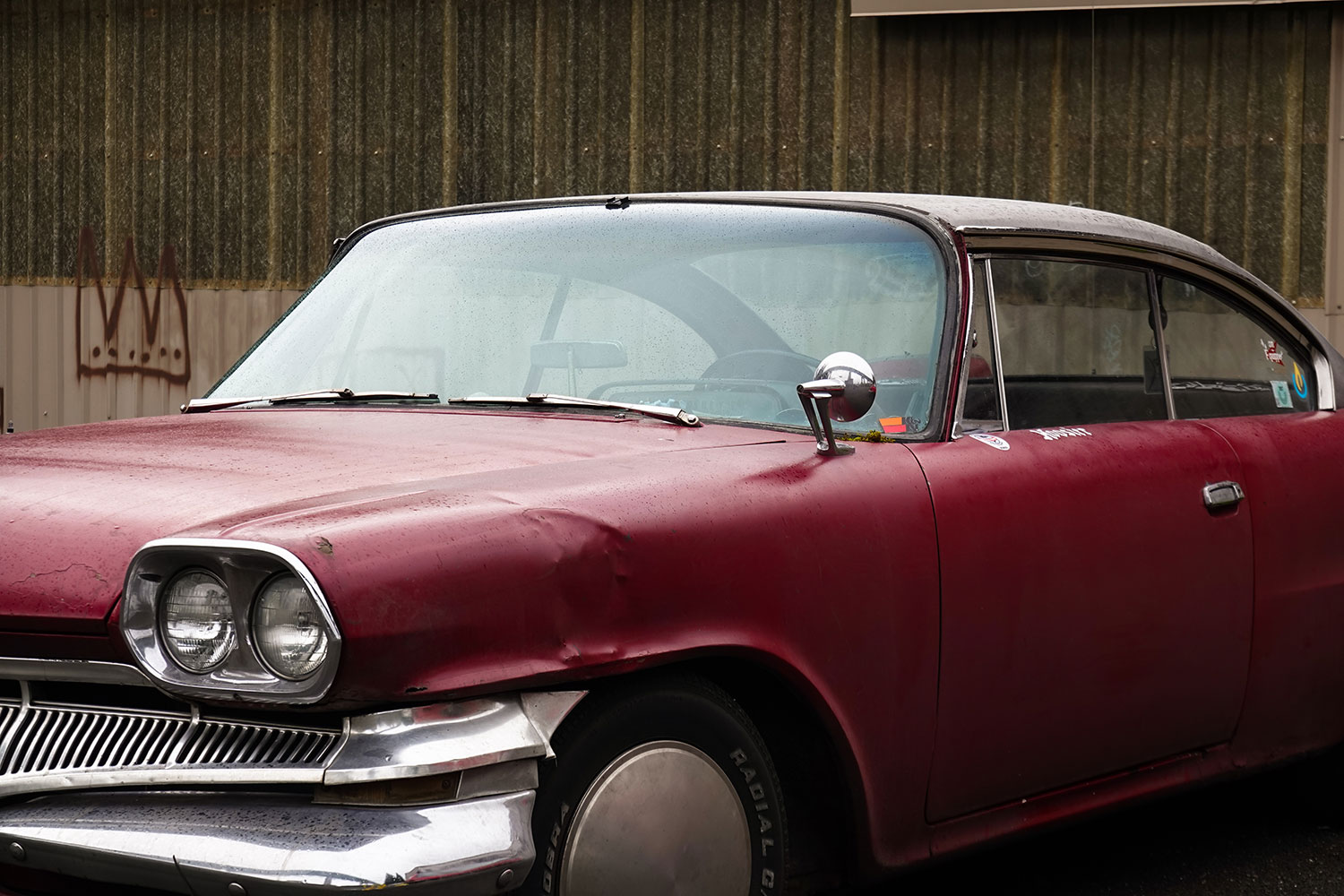
- 20MP 1-inch-type sensor
- 8x zoom
- 24 fps continuous shooting
- Fast autofocus performance
- Impressive 4K video
- Awkward controls and ergonomics
- Poor battery life
- Expensive for a point-and-shoot
For many photographers, the only choice in cameras may appear to be between a smartphone and an interchangeable lens model. And with phone cameras getting better all the time and a wealth of high-end mirrorless cameras hitting the scene over the past six months, it’s easy to see why. But in truth, this is hardly the case. There’s a class of really small compacts that are easy to carry, have powerful zooms, and capture higher-quality stills and videos than any smartphone.
But these advanced compacts can still come at a premium, and nowhere is this more evident than with the Sony RX100 series. At about $1,200, the newest RX100 VI is the most expensive model yet, surpassing even some midrange mirrorless camera kits. But it also packs a beautiful 8x zoom lens and a bewildering amount of features into a pocketable form factor. So does it hit the sweet spot between capability and portability to make that price worth it?
Design and Usability
Even if you don’t buy the RX100 VI, it’s worth checking out. The solid-feeling camera is really small, measuring just 4 x 2.4 x 1.7 inches and weighing 10.7 ounces with battery and memory card loaded. Since size is often what determines whether someone brings a camera with them or simply uses their phone, it’s worth pointing out that the RX100 is shorter than a Samsung Galaxy S9 — although, it’s a lot thicker. Still, you can slip it into a pocket — or misplace it — just as easily as a phone. (If you’re prone to dropping things, we recommend using the RX100’s wrist strap to keep it secure and avoid the calamity of a broken camera.)
The standout feature of the mark VI is that 8x zoom lens, offering a full-frame equivalent focal length range of 24-200mm. It’s the longest zoom yet in an RX100, although the side effect is a slower f/2.8-4.5 aperture rating. Still, that’s really not bad considering how much zoom range you’re getting without any additional bulk. This lens makes the camera a versatile option for vacationers who want to go way beyond a smartphone’s digital zoom. It also has built-in optical stabilization to help reduce shaky stills and videos, although if you want to shoot at that 200mm setting, we still recommend keeping the shutter speed above 1/100 second as we did encounter a small but noticeably amount of motion blur below that. For the record, the older Sony RX100 V ($899) is still available and offers a faster 24-70mm f/1.8 lens, so you have options.
The mark VI is as clean as can be — it’s so small there’s hardly any place for buttons and dials (or your fingers), although Sony has found room for all the usual suspects. More impressive, it has also managed to squeeze a pop-up electronic viewfinder (EVF) and built-in flash onto the top deck. The 0.39-inch EVF is quite small, but its OLED panel with 2.36 million pixels is quite impressive for the size. Although small, it comes in handy when the sun wipes out the main screen.
The RX100 VI is the most expensive model yet, surpassing even some midrange mirrorless cameras.
The rear of the camera is dominated by a 3-inch touchscreen rated at a decent 921K dots — not bad for a point-and-shoot, but a bit lower resolution than what interchangeable-lens cameras in this price range will give you. The monitor can be angled in many ways such as for overhead shooting, or flipped a full 180 degrees into selfie mode. In selfie mode, simply tap the screen and the camera counts down so you can prepare for show time.
Naturally, the camera has built-in Wi-Fi and NFC. You’ll find the memory card and battery on the bottom, along with a speaker. Given the RX100 VI is so compact, the battery is tiny, slightly bigger than a section of a chocolate bar (but presumably not nearly as delicious — we didn’t test this). Likewise, battery life, rated for just 240 shots, is a sore point. We definitely recommend picking up a spare before taking this camera on vacation, especially if you also plan on shooting any video.
Performance
We had the RX100 VI for several weeks, toting it around alongside a smartphone. We have to admit, there’s nothing like a “real” camera for capturing high-quality images, and it’s nice when that camera can also be compact enough to not weigh you down in everyday life. We attended a Native American hoop dance competition at the Heard Museum in Phoenix, and the RX100 VI made it easy to sharply capture the rapid motion of the dancers. With all the good upfront seats taken, we relied on that 200mm telephoto to get clean pictures, and it worked perfectly. There was no comparison to the digital zoom of the smartphone. We’re not here to compare the two platforms, just setting the stage for why the RX100 VI exists and how it could be worth $1,200 in the right scenario.
The camera crams a plethora of shooting modes onto the main mode dial, with Intelligent Auto, Scene, Sweep Panorama, HFR (High Frame Rate), Movie, Memory Recall, Manual, Aperture/Shutter Priority, and Program. A better name for HFR would have simply been “slow motion,” but of course Sony prefers to use inscrutable jargon instead of consumer-friendly terminology. Nomenclature aside, this is a really cool feature that has always been one of the more impressive capabilities of RX100 cameras. The onscreen controls for HFR remain as baffling as ever, but we’ve used this so many times with other Sonys by now that we’ve finally got it down.
We will spare you our usual rants regarding the company’s menu system. Suffice to say, read the owner’s manual to make the most of the RX100 VI — you’ll find it’s worth it. This camera has many hidden features that you’ll never discover if you don’t know where to look.
The standout feature of the mark VI is that Sony has managed to pack an 8x zoom lens — 24-200mm equivalent — into such a small body.
When it comes to picture quality, speedy focusing, and a versatile lens, the RX100 VI delivers on all fronts. The 20-megapixel 1-inch “stacked” sensor uses a DRAM chip coupled to Sony’s Bionz X processor, which basically means it can pump out pixels really, really fast. A new front-end LSI chip boosts processing speed even further. Autofocus is achieved from Sony’s Fast Hybrid autofocus system with 315 phase-detection points covering about 65% of the sensor paired with additional contrast detect points for more coverage. Sony claims focus lock in 0.03 seconds, something beyond our ability to measure, but we can say it grabs focus really fast with few instances of hunting.
This system is nothing as advanced as Sony’s new Real-Time Eye-AF and Tracking found on the new A6400, but it works well in the real world as it does have the standard Sony Eye AF, one of our favorite camera features. Although this is a a capable focusing system, it’s not perfect. We got many keepers, but we missed some as well. Even with experience shooting many versions of the RX100, practice still makes perfect.
The camera can also really rip off the bursts — it can shoot up to 24 frames per second for a maximum of 233 photos — but it has a big downside. It takes a fair amount of time to move those images from the buffer to the memory card, and the camera is totally unresponsive during that time. Mirrorless models are generally much better here, but it’s a difficult engineering feat to get a camera of the RX100’s size to hit such impressive performance numbers. So just be aware of that long processing delay before you shoot any long continuous high-speed sequences. For the record, top electronic shutter speed is 1/32,000 of a second, but just 1/2,000 with the mechanical.
Image quality
All of the sample photos here are Extra Fine JPEGs taken straight from the camera with no post processing (except for the depth of field comparison shots, which were captured in RAW and processed lightly in Adobe Lightroom). Quality is very good right out of the camera, but the RAW files also offer a good amount of flexibility. If you’re the type of photographer who enjoys pushing your images in creative directions in post, you’ll have no problem here. The colors and rich and vibrant, and there’s plenty of sharpness from that 20MP 1-inch sensor (again, watch out for motion blur).
A 24-200mm lens isn’t exactly a lot in the world of point-and-shoots — for even less money, the Nikon P1000 will give you a ridiculous 24-3,000mm range. Still, it’s more versatile than you might think, and likely more range than most people need except in fringe cases.
That longer lens also helps with a subjective, but highly sought-after, aspect of image quality: Shallow depth of field. A shallow depth of field keeps your subject in focus, but blurs the background and foreground. It is great for portraiture and is an effect often seen as indicative of a “professional” camera (this is what the portrait mode on your phone is trying to emulate).
Depth of field is determined by several things, including aperture setting, sensor size, focal length, and distance from the camera to the subject. If you were worried about the mark VI’s slower (i.e., smaller) aperture limiting your ability to capture a shallow depth of field, don’t be. Turns out, the longer telephoto lens does more to contribute to a shallow depth of field than the slower aperture takes away. By stepping back from your subject and zooming all the way in to 200mm, you can actually capture a very nice shallow depth of field (along with a flattering amount of telephoto compression). It’s not quite what you can get from a larger-sensor mirrorless camera or DSLR, but it’s certainly more natural looking than what you get from most smartphones.
When it comes to picture quality, speedy focusing, and a versatile lens, the RX100 VI delivers on all fronts.
Between the versatile zoom and good depth of field control, the RX100 VI opens up new creative opportunities you simply don’t find in cameras this compact. Sure, there are equivalently versatile lenses you can buy for a DSLR or mirrorless camera, but they are much larger and heavier, not to mention more expensive.
Low light performance is also good, with an ISO range of 125-12,800, expandable down to 80 and up to 25,600. In our tests, the 1-inch sensor held up until ISO 2,000, then began to add noise and color shifts. ISO 3,200 would be about as high as we’d go for a fairly accurate rendition. After that, the effect of noise is just too strong — it’s certainly better than what you’ll find in cameras with smaller sensors, but don’t expect the high ISO quality of an APS-C or full-frame camera.
That said, with the maximum aperture of f/2.8 (at the wide end of the lens) and built-in stabilization, you should be able to keep the ISO down and get good results in many low light scenarios. The pop-up flash is available for really dark situations, but as with any on-camera flash, we recommend avoiding it unless you really need it. Keep in mind, if you commonly shoot in dimly lit locations, you may want to consider the older RX100 V, which will give you over an extra stop of light at the wide end of the lens with its faster f/1.8 aperture.

Video, as is so often the case with Sony cameras, is another strong point. HFR mode offers degrees of slow-motion up to 32x (960 fps, 30 fps playback), although this drops quality to 1,244 x 420 effective pixels. We tended to prefer the more modest 8x (240 fps) option, which maintains a higher effective resolution of 1,824 x 1,026 (see sample video) and isn’t so ridiculously slow that you end up with way more footage than you bargained for. (For the record, actual 1080p video in non-HFR mode can be recorded up to 120 fps.) Again, the onscreen instructions for HFR are just plain weird, but if you follow them, you’ll get a nice slow-motion effect.
The RX100 VI is also 4K HDR-compatible and features both Sony’s S-Log and HLG (Hybrid Log Gamma) picture profiles, which improve highlight and shadow detail normally lost in compressed video. We shot the XAVC S codec at 60p and 50 megabits per second and the results on a large screen were really fine with great detail and little rolling shutter effect. The videos are close to state-of-the-art, especially for such a small camera, something you really can’t say about competitors Leica, Panasonic, and Canon who all offer otherwise similar 1-inch-sensor cameras.
We did a lot of shooting (bursts and various forms of video) during a sustained, close to two-hour stretch during the hoop-dancing contest. We hadn’t given the battery any thought, but finally noticed the bar graph dropped to one segment. We didn’t get the dreaded “Battery Exhausted” signal, but it did give us pause since we didn’t have a spare or a nearby outlet. An extra battery really should be part of the package if you decide to buy this camera.
When it’s time to save and share, the RX100 VI uses the PlayMemories Mobile app to pass photos and videos through your phone and onto Instagram, Facebook, and wherever else you choose. A built-in QR code makes pairing quite easy. Be aware, this software is scheduled to be replaced by the Imaging Edge app at some point in 2019. In the meantime, PlayMemories handles the basic chores.
Warranty
Sony offers a 1-year warranty on all new cameras.
Our Take
The Sony RX100 VI is a sweet little camera that’s solid as a brick, but we must put an emphasis on “little.” Although as easy-to-carry as can be, the buttons and controls are tiny and often require fingernail edges to operate. Frustrating menus are nothing new, but are another potential pain point, particularly for first-time Sony camera buyers. We highly recommend getting your hands on one before you buy, if at all possible.
Those issues aside, the RX100 VI delivers sharp images and boasts impressively fast focus and astounding continuous shooting rates, along with top-notch video features and quality.
Are there better alternatives?
There are several compacts with 1-inch sensors and long zooms, such as the Leica C-Lux ($1,100) and similar Panasonic Lumix ZS200 ($799). The Leica and Panasonic have 15x Leica DC Vario-Elmar glass. The duo should be closely compared with the RX100 VI. While they have longer focal range (24-360mm), they do not have the advanced 315-point hybrid autofocus of the Sony, or the high-quality video and slow-motion modes. Several Canon G Series cameras also feature large sensors, but don’t have wide focal ranges — and none offer 4K video.
How long will it last?
The Sony RX100 VI was released in July 2018 and still costs the original $1,200 list price. It’s selling well, so don’t expect any fire sales. Sony typically refreshes this series every 12 to 18 months, so we imagine a new one will arrive by early 2020, but Sony product launches can be unpredictable.
The camera is well made, but it is not weatherproof or shockproof, so treat it accordingly.
Should You Buy It?
The RX100 VI is a great little camera, but the biggest question is whether it’s worth $1,200. You can easily buy an interchangeable lens mirrorless camera with a larger APS-C imager for less (even Sony’s own A6400). Of course, you can hardly slip a mirrorless camera into a jeans pocket, and adding a long zoom lens will bump up the price considerably — so it really boils down to your needs. If you’re heading out on a scenic trip and you want something more than a smartphone — and have the cash to spare — then the RX100 VI checks all the boxes. And if the price is too steep, well, there’s always the mark V, mark IV, mark III… you get the picture.





